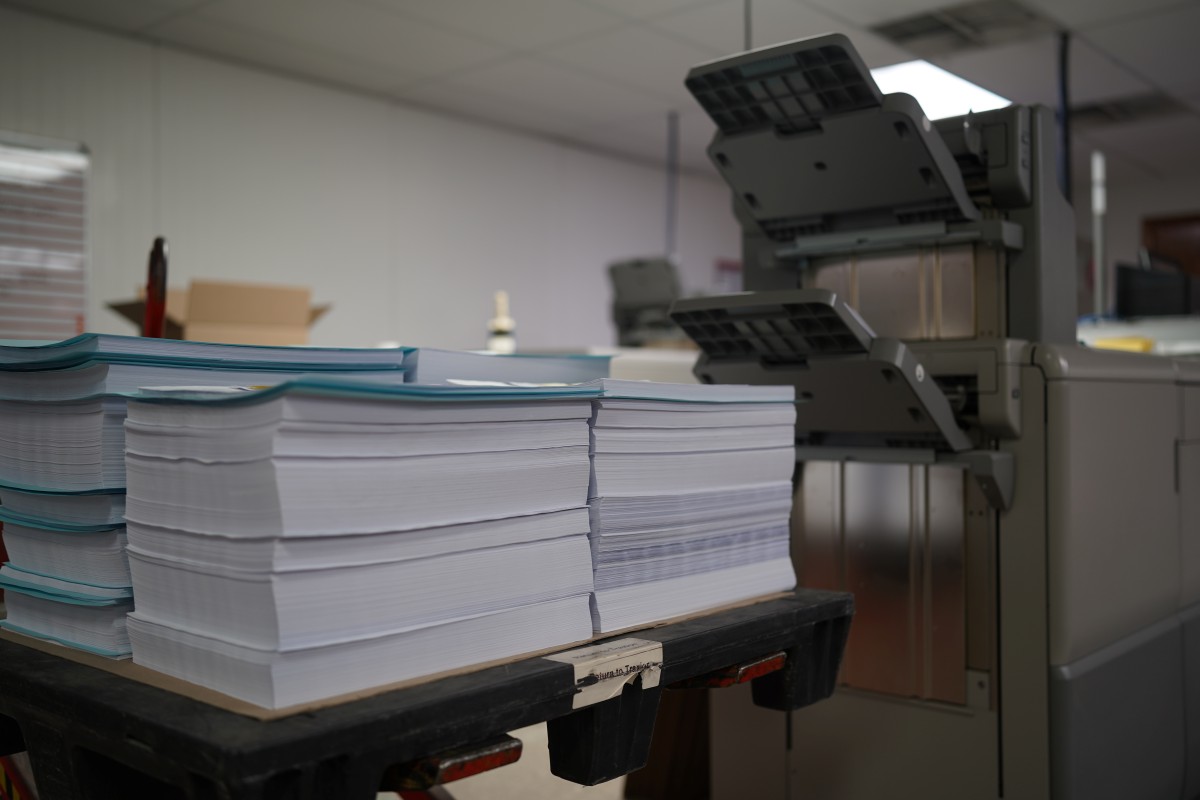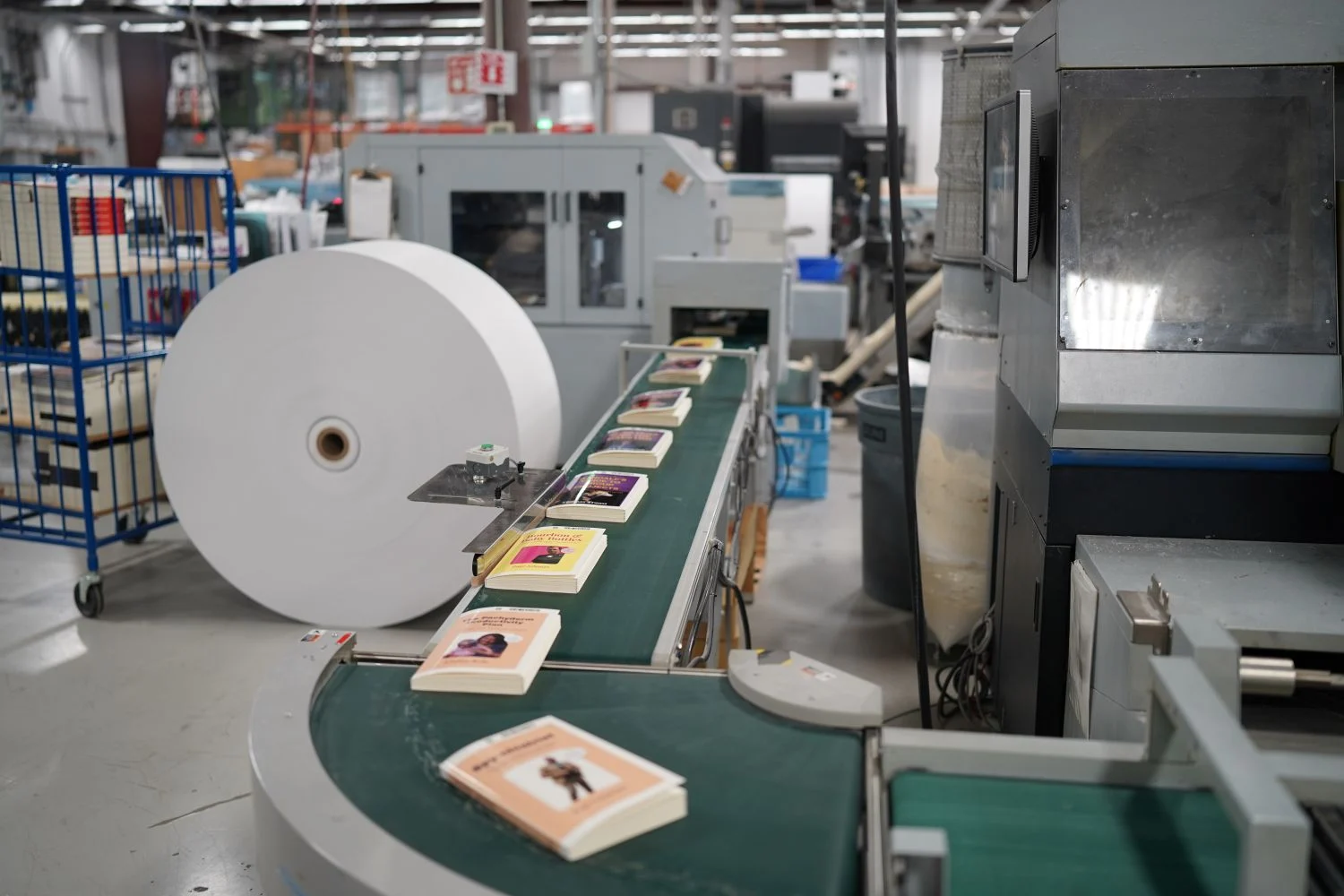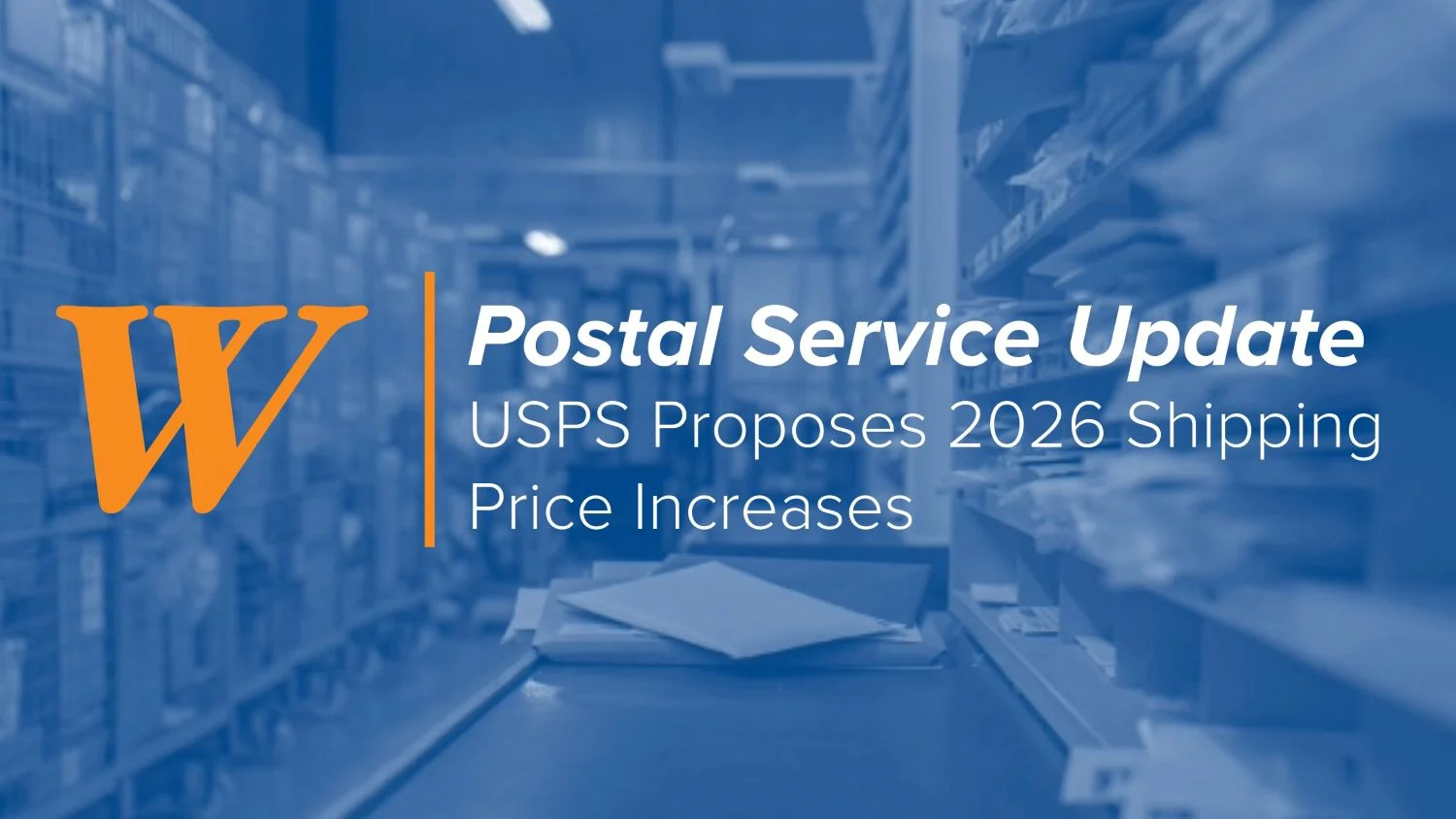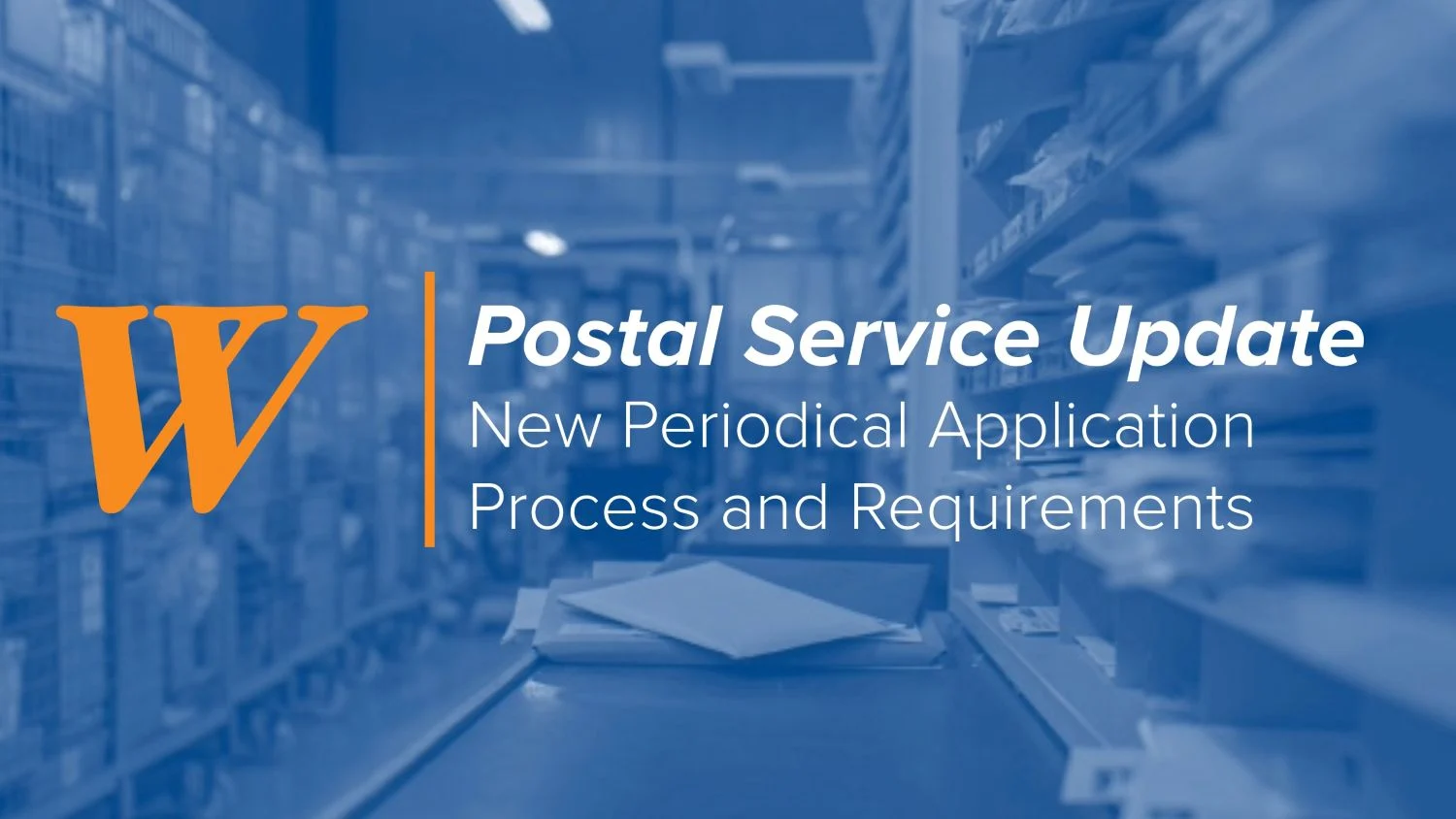In today’s competitive marketplace, personalization isn’t just a nice touch – it’s an expectation. From targeted email campaigns to curated social media ads, audiences are growing more accustomed to content tailored specifically to them. But digital engagement is only half the story. Print, too, has entered the age of personalization, thanks to the evolution of variable data printing (VDP).
Variable data printing enables publishers, marketers and business owners to produce printed materials that are uniquely customized for each recipient, without slowing down production. This capability unlocks significant opportunities for more effective communication and deeper audience connection, particularly in magazines, books and catalogs.
Let’s explore how VDP works, the technologies behind it, and how it’s being used by real businesses, like Unique Homes Media, who has partnered with Walsworth to elevate their print experience through personalized covers.
What is Variable Data Printing?
Variable data printing is a form of digital printing that allows elements such as text, graphics and images to change from one printed piece to the next, without stopping or slowing down the press. That means you can customize each item in a single print run – whether it’s a magazine cover, catalog offer or personalized letter.
Unlike traditional offset printing, which uses fixed plates for static designs, digital printing takes a different approach. It leverages digital files, making it possible to swap out elements on the fly. Two main digital printing methods enable this:
- Digital Inkjet Printing: Uses nozzles to spray ink directly onto paper. Inkjet printers are highly versatile and can handle large-scale jobs with detailed images and quick turnaround times. They’re ideal for full-color personalization and high-speed production.
- Digital Toner Printing: Similar to laser printing, this method uses toner powder and heat to fuse images and text onto paper. Toner-based printing offers sharp resolution and is excellent for short runs and projects that require consistent, high-quality output.
Both methods enable the seamless integration of variable data into your print projects, giving you the flexibility to deliver highly targeted, visually appealing materials that resonate with your audience.
Common Use Cases in Publishing and Commercial Printing
Whether you’re printing a high-end magazine, a product catalog, or B2B sales collateral, variable data printing provides numerous practical applications. Here are some of the most popular and powerful use cases:
1. Mailing and Addressing
At its most basic level, VDP allows for the personalization of recipient names and addresses. This is essential for direct mail campaigns, subscriber-based magazines and customer outreach materials.
Rather than printing labels or pre-printing static information, addresses can be printed directly onto the piece, reducing time and handling. This not only enhances efficiency but also gives materials a more polished, professional appearance.
2. B2B Marketing Materials
Variable data printing allows sales and marketing teams to personalize everything from brochures and sell sheets to product catalogs and proposals. For example, a catalog sent to a regional distributor can feature products and pricing specific to that region, while another version sent to a different audience includes an entirely different set of offerings.
This not only saves time creating separate documents manually but also ensures that the content is always relevant to the recipient, improving response rates and ROI.
3. Personalized Coupons and Offers
Print promotions are far more powerful when they feel exclusive. With VDP, you can create personalized coupons with unique codes, expiration dates or offers based on customer history.
For catalog publishers, this could mean offering a discount on products the customer has previously browsed. For magazines, it might be a trial subscription tailored to the reader’s past behavior or preferences.
4. Membership and Loyalty Communications
Organizations with membership bases, such as associations, alumni groups or subscription services, can use variable data printing for membership cards, renewal notices or welcome kits that feel personalized and engaging.
Rather than a generic mailer, imagine sending a new member a welcome letter with their name, join date and relevant program information all seamlessly embedded. It shows care and attention to detail, making a strong first impression.
Why Personalization Matters
In an era when digital communication is often fleeting, personalized print materials stand out. According to research from the Data & Marketing Association, response rates to direct mail pieces can increase by 135% when personalization is applied.
It’s not just about addressing someone by name – it’s about relevance. The more closely your printed piece aligns with the recipient’s needs, interests and behaviors, the more effective it becomes. Variable data printing makes it possible to deliver that level of customization at scale.
Unique Homes Media: A Case Study in Personalized Publishing
At Walsworth, we’ve seen the impact of variable data printing firsthand through our partnership with Unique Homes Media. They came to us with a clear goal: produce high-end real estate publications tailored to individual recipients.
Using our variable data capabilities and advanced digital printing technology, we deliver magazines with personalized covers, postcards, inserts and flyers that reflect regional luxury properties and include recipient-specific content. This level of personalization strengthens their relationships with advertisers and readers alike – and helps their brand stay top of mind in a highly competitive market.
It’s a perfect example of how strategic use of variable data printing can turn an already strong publication into a truly exceptional product.
Getting Started with Variable Data Printing
If you’re a publisher, marketer or business owner, variable data printing offers a way to create stronger, more meaningful connections through print. Whether you’re looking to increase response rates, deliver more relevant content or stand out in a crowded mailbox, personalization is a powerful tool.
At Walsworth, we specialize in helping our customers unlock the full potential of variable data printing. From technical setup and data integration to design and mailing logistics, our team supports every step of the process to ensure your printed pieces look and feel tailored to your audience.
Explore Variable Data Printing with Walsworth
Print doesn’t have to be static anymore – it’s dynamic, targeted and driven by data. With variable data printing, you don’t have to choose between high-quality print and personalization – you can have both.If you’re ready to explore how variable data printing can transform your magazines, books or catalogs, reach out to us today. We’d love to help you bring your vision to life – one customized piece at a time.
* This article was developed with assistance from OpenAI’s GPT-4 large language AI model.






